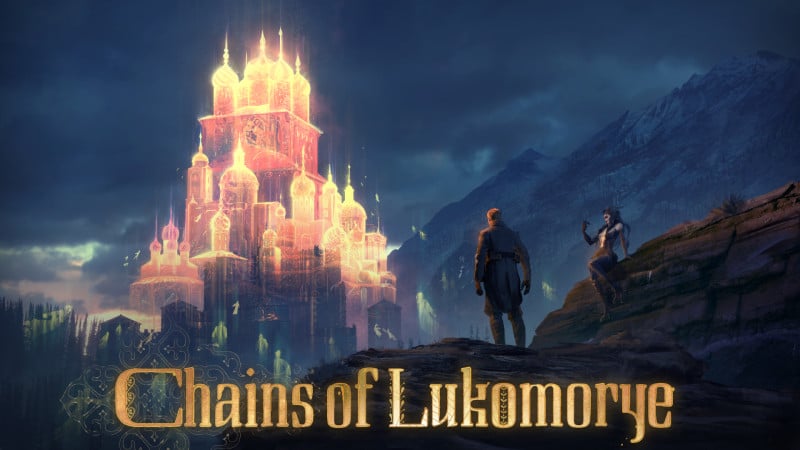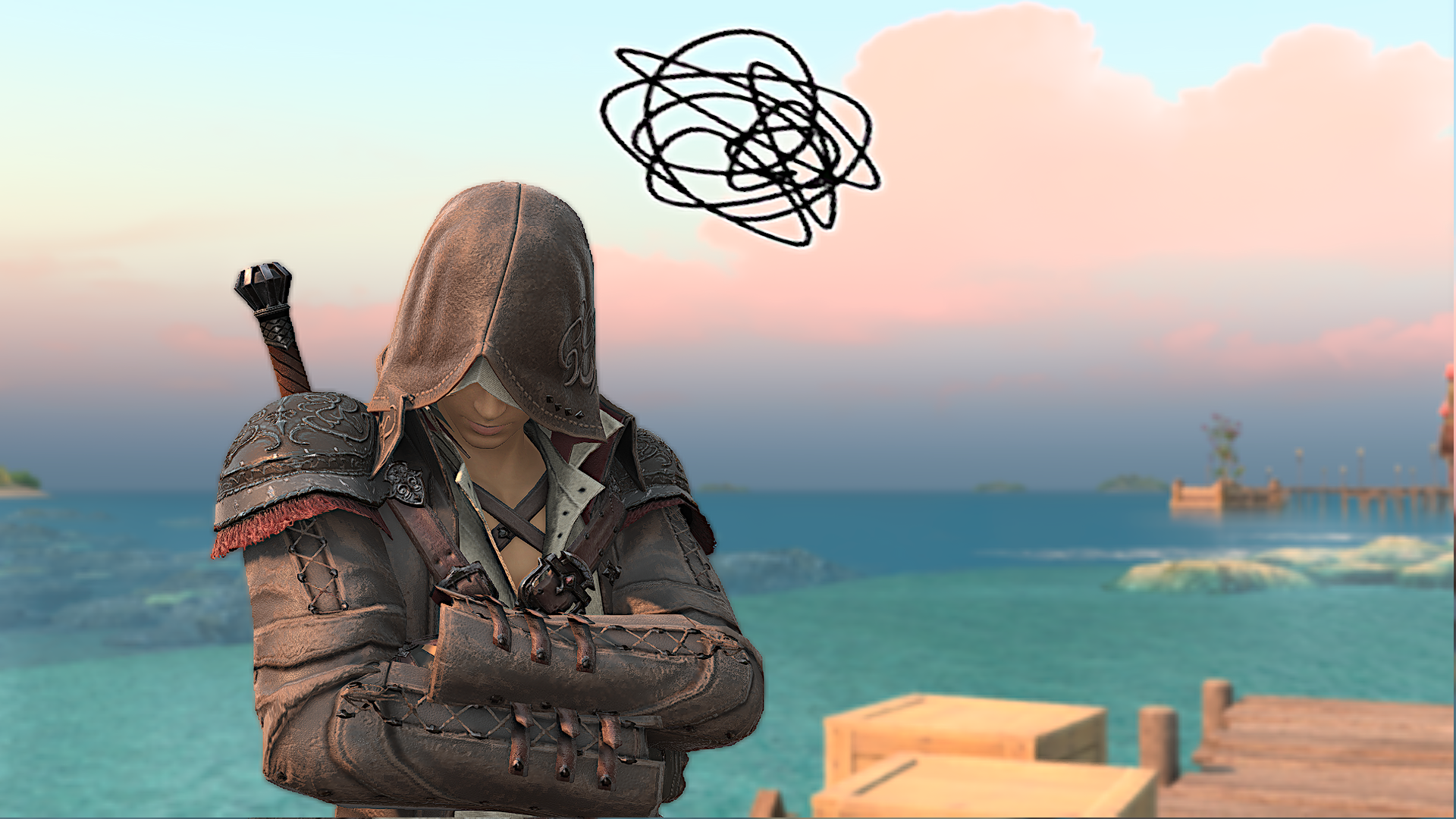
Accessibility is not a trend. With over 400 million disabled players globally, studios are actively working to ensure their games include features and design practices that benefit disabled individuals. From changing key bindings to adjusting subtitle size, accessibility understanding continues to grow with each passing year and 2022 was no exception.
Last year saw the release of multiple titles that put accessibility at the forefront, not only revolutionizing the industry but demonstrating that not every option needs to be innovative. Part of the reason why 2022 was so successful for disabled players was because developers refined many of the tools that are now commonplace across genres and systems. Not every game needs to reinvent the accessibility wheel, but rather keep polishing and improving current options and designs. For me, 2022’s accessibility offerings proved that a single setting or design decision could open entire worlds. Let’s examine some of my favorites and explore what made them so entertaining and accessible.
Elden Ring
FromSoftware titles are notorious amongst the disabled community for being inaccessible nightmares. Even me listing this as one of my favorites has the potential to draw immense criticism from my disabled peers. In terms of options, Elden Ring’s selection is relatively bare. There are no settings aside from brightness adjusters for blind/low vision players, subtitles are only available for spoken words, and physically disabled players like me can’t even rebind every key. But the levels of choice people have within The Lands Between are so vast that Elden Ring perfectly encapsulates the notion that a game can be accessible without extensive menus.
Aside from choosing where to go and even what bosses to avoid, Elden Ring lets players meticulously craft their desired character. Since I lack quick reaction times, I opted for a spellcaster that allowed me to snipe enemies at a distance. But the biggest accessibility surprise occurred in the form of co-op. Elden Ring encourages players to either explore with friends or summons called Spirits, which significantly reduce enemy aggression. I didn’t need to worry about consistently dodging attacks because I had friends or companions to soak up the damage. Instead, I could experience the beautiful scenery and challenging combat without immense physical exhaustion. Choice is the most powerful tool for disabled players, and Elden Ring’s greatest accessibility offering was letting me choose how to play.
Tunic
This indie game about a tiny fox unraveling a major mystery is surprisingly difficult, especially its combat. The brutal and punishing Soulslike nature of each fight left me immensely happy after defeating a tough boss, but also incredibly physically drained. It was initially difficult to play for more than 30 minutes because of these encounters, until I activated No Fail Mode.
This accessibility option prevents players from losing the game. While it’s still possible to take damage and even progress the story when you’re supposed to die, fights ultimately become trivial. And that’s okay. Tunic’s core components are about exploration and puzzle solving. Players should return to previously visited areas with new items to discover secrets or continuously refer to the in-game journal to unlock new pathways or find upgrades. It ultimately did not matter if I beat a boss with No Fail Mode because I still needed to figure out each new mystery. And if I wanted to play a Soulslike, I could easily switch off the option for several fights before activating it again. Tunic, with a single feature, let me enjoy the game to its fullest, without forcing me to subject myself to exhaustion.
The Last of Us Part I
In 2020, Naughty Dog released The Last of Us Part II with over 60 accessibility settings for an array of disabled players. More importantly, certain options like Traversal and Combat Audio Cues, Navigation and Traversal Assistance, and Auto-Targeting allowed blind players to fully complete the entire game without sighted assistance. Further, difficulty adjustments did not affect any of the accessibility features, meaning blind/low vision individuals could challenge themselves without risking losing a helpful option. Two years later, the Part I Remake redefined accessibility for blind/low vision players.
While the Remake includes all settings from Part II, the game also unveiled a brand-new accessibility tool never seen in any AAA title. Audio Descriptive Cutscenes help to provide critical emotional information during each scene for blind/low vision players. The position of every character, a facial expression, the reaching for an item, or even slight movements are now described through a voice. Since storytelling often relies on body language just as much as spoken, blind/low vision people can now fully understand the impact of each scene. The Last of Us series is praised for its storytelling, and this accessibility option will reshape how disabled players interact with story driven games.
God of War Ragnarök
It’s easy to compare a game with dozens of accessibility options to a title like The Last of Us Part II, especially when a new entry is released by another PlayStation studio. Yet, what makes God of War Ragnarök worthy of being mentioned is because it reinforces PlayStation’s commitment to creating accessible games.
Ragnarök differs in several ways from previous Sony games that benefit disabled players. The sequel offers configurable contrast settings for blind/low vision people not available in The Last of Us Part II. It also has captions for varying sounds outside of spoken dialogue unlike Part II. Even its enemy targeting system is more beneficial to physically and blind/low vision disabled individuals. None of these options are revolutionary, but they demonstrate that the industry needs to move beyond viewing The Last of Us Part II as the pinnacle of accessibility. Games are continuously evolving and applying newfound knowledge toward accessible tools and systems. And Ragnarök is proof that 2020 is no longer the benchmark for accessibility.
For me, 2022 was filled with dozens of accessible games, so much so that it’s difficult to rate my favorites. But that’s ultimately a good thing. As a physically disabled player, it’s a relief that I no longer need to fear purchasing a new release. And since the industry continues to perfect and innovate, I am beyond excited for the accessibility prospects this year.
Grant Stoner is a disabled journalist covering accessibility and the disabled perspective in video games. When not writing, he is usually screaming about Pokémon or his cat, Goomba on Twitter.





